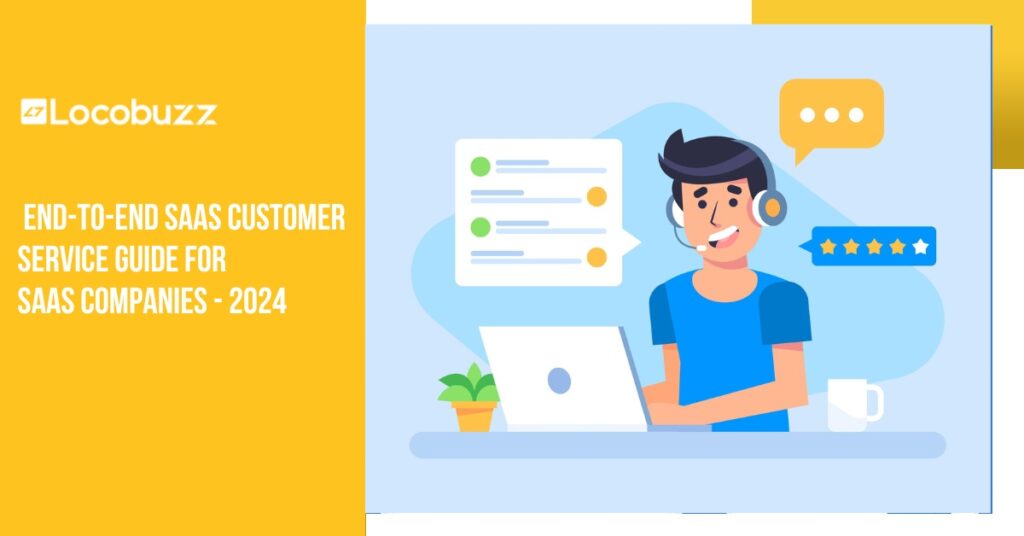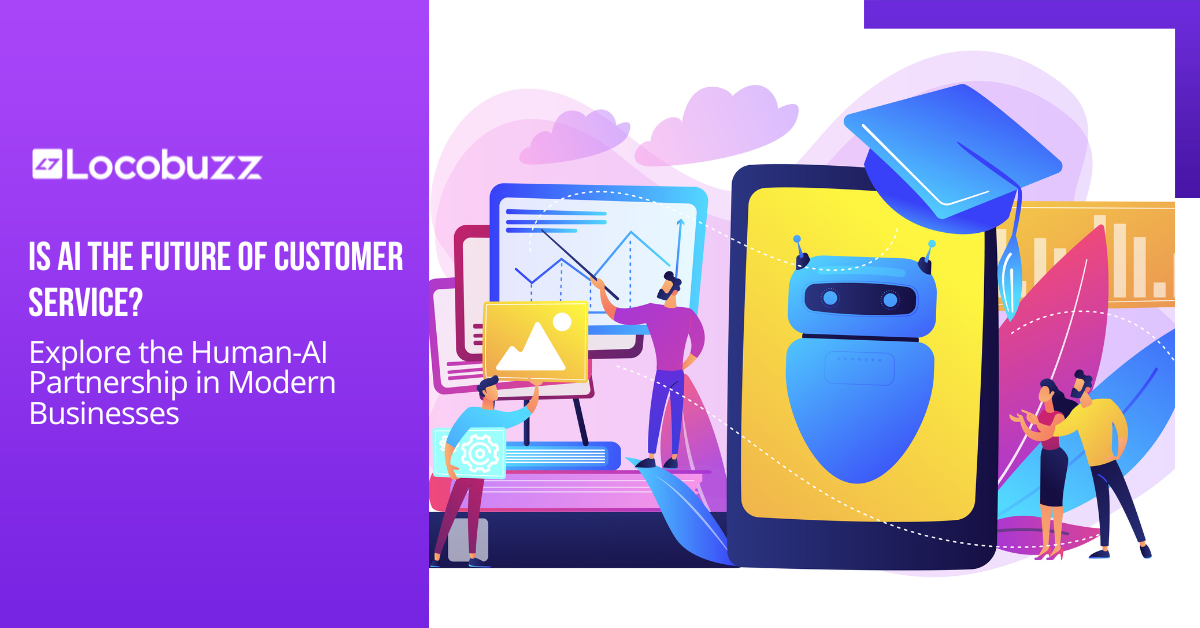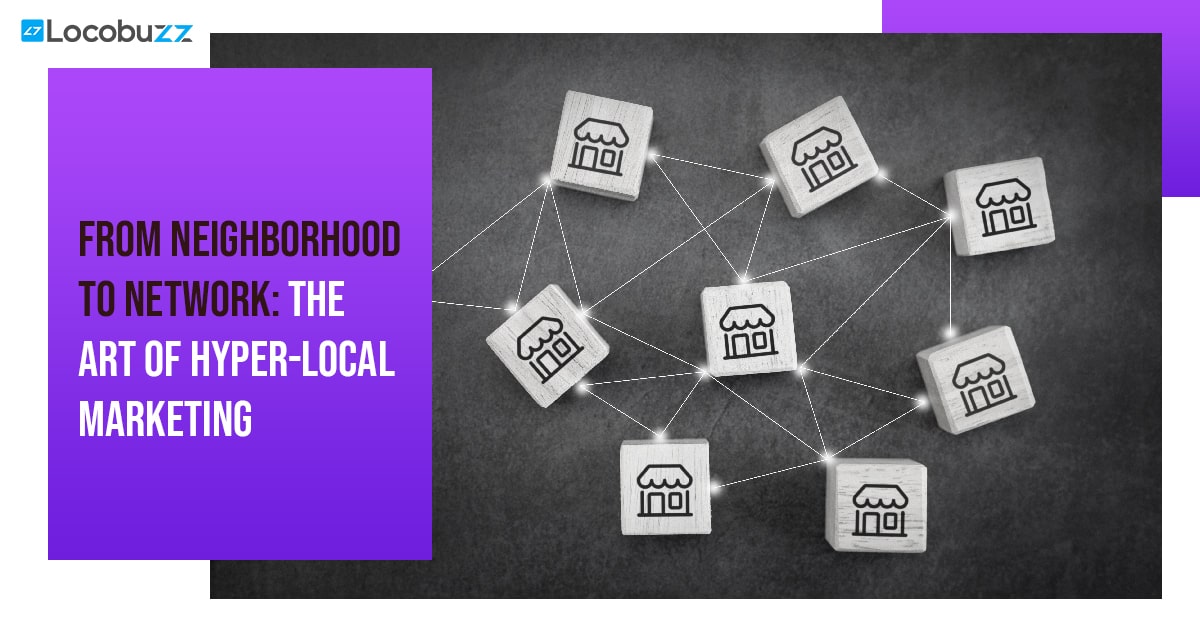Complete Guide to SaaS Customer Support in 2024

Shefali Mathur
We’re at a time when businesses rely on software as the backbone of their operations, and the role of SaaS customer support has never been more crucial. Imagine this scenario: your SaaS product is the engine propelling numerous organizations forward, while your customer support team acts as the pit crew, ensuring it operates at peak efficiency.
Yet, to thrive in this ever-evolving environment, SaaS customer support must transcend surface-level expectations. It goes beyond merely resolving inquiries or directing them to the appropriate departments; it entails comprehending the intricate web of challenges that businesses encounter daily.
For instance, in the B2C realm, a company like Amazon may primarily deal with customer inquiries related to costs or delivery. In contrast, a SaaS customer support team faces a different set of queries. They grapple with inquiries about product functionality, new features, downtimes, and more. These require unique approaches, training models, resolutions, knowledge bases, and guidelines, particularly as customer expectations soar to nearly 90%.
In this comprehensive guide, we embark on a journey into the realm of SaaS customer support in 2024, unveiling the distinctive demands, strategies, and tools that can elevate your support team from mere service providers to true brand heroes.
As we progress through this blog, we will explore the key distinctions between B2B and B2C support, emphasize the significance of training and knowledge bases, and unveil the secrets of seamless communication and omnichannel support.
Welcome to the future of SaaS customer support.
What makes a SaaS Customer Support Cycle Different?
In B2C customer support workflow, most concerns are transactional.
However, in B2B, complaints are more process-centric. The sales process does not involve a customer adding the product to the cart. It involves legalities, contracts, SLAs, agreements, and much more, making it imperative for the customer support team to go beyond generic resolutions.
Here are a few key differences that put SaaS customer support in a different spotlight.
1. Different Customer Base
For a SaaS customer support team, the businesses primarily need to cater to organisations as customers. These users are company employees and do not pose questions that affect them personally but an entire business function.
For example, a Locobuzz customer is most likely to raise a concern on behalf of the entire customer success process or the online reputation management branch of the business. The concern may also be further categorised into top-tier questions posed by the leadership and mid- and low-tier questions posed by the agents and other stakeholders.
Such concerns mandate the customer support team to know the product, the company’s operations and the complete support workflow (request raised, escalation, etc.) to cater to the SaaS customers.
2. Extensive Collaboration
In the SaaS industry, client-customer relationships are more likely to be long-term, making it crucial for the support team to work in tandem with not only the clients but their colleagues in the customer success team, sales team and sometimes, even the legal team.
These multiple stakeholders add several more layers to the support grid offered to the client and call for extensive participation from the support team.
3. Higher Lifetime Value
So, how do you approach this SaaS customer support enigma?
We know about the basics:
- Professional tonality
- Timely intervention
- Timely resolution
- Proper escalation
However, a few underrated proactive measures can reinforce your SaaS customer support system.
1. Ensure an End-to-End Product and Process Training
Your customer support team is dealing with a process-centric team with very specific questions like:
- The product is not generating reports for my social media activities from <date> to <date>.
- I do not have visibility into my brand mentions. Please help me with a resolution.
Sometimes, they have questions that might not be an existing feature but are crucial for their business. Based on your knowledge of the feature, you know this is an opportunity for upselling and transferring their request to your customer success team.
Notice how resolutions for such queries are deeply embedded into the customer agent’s product understanding.
How does it help?
- Elevates customer experience.
- Slashes resolution time effectively.
- Inspires confidence in customers
- It is a great way to upsell – should the opportunity arrive.
So, how can you impart the right training to your SaaS customer support team?
1. In-House Training
In-house product training is a proactive measure to get the ball rolling. Before your customer support agent takes their first support call, it is important to have their bases covered, including an overview of the product, who it helps, basic features, and ongoing pain points.
2. Workshops
Workshops are a practical way of implementing your training sessions in real time to know whether your support team is on the right track. Akin to a recap session, these workshops are more interactive and helpful in ensuring knowledge retention.
3. Online Training
Online training is a flexible way to provide product training to your customer support team. With pre-existing content in place, your agents can learn while on the go and use it as a reference for the future.
2. Proactive Support with a Self-Sufficient Knowledge Base
The aforementioned online training module is helpful when there is adequate content available. This can be made easier by building a solid product knowledge base.
Here’s how you can get started.
1. Define the Purpose and Goals
Start by clarifying why we’re making this guide. Is it to help new folks get up to speed, keep everyone in the loop, or both? Think about what we want to achieve with this guide – boosting product knowledge, increasing sales, or providing better customer support.
2. Identify the Target Audience
Figure out who’s going to use this guide. Is it primarily for our sales team, customer support staff, or the technical crew? We must ensure the content suits the people reading it, so tailor it accordingly.
3. Gather Information
Gather all the essential details about your product – tech specs, features, benefits, real-life use cases, and the answers to common questions. Working with your product experts and engineers is crucial to ensure accuracy.
4. Organise Content
When it comes to organising, think about making it easy to follow. Use headings, subheadings, and bullet points to break things down. We want our guide to be user-friendly, so structure it in a way that makes sense.
5. Include Visuals
Include visuals like product images, diagrams, and screenshots to make the guide more engaging. This helps folks understand things better. Ensure that visuals are consistent and in line with the brand’s style.
4. Write Clear and Concise Content
When we’re writing, let’s keep it simple, avoid using too much technical jargon and make the training guide understandable. Providing step-by-step instructions for using the product and solving common issues is essential.
5. Add Case Studies or Examples
To make things more relatable, include real-life stories or examples showing how our product solves customer problems. If it’s relevant, you can also compare the product to competitors to highlight your strengths.
6. Address FAQs
A section with frequently asked questions (FAQs) and their answers is a good idea to answer common questions your employees might have. This can help them quickly find solutions to common customer queries and improve their experience.
7. Proofread and Edit
Before we finalise it, we need to ensure there are no grammatical errors or incorrect information. Deeply assess the guide to ensure it’s clear and flows well.
8. Test with Employees
Before it goes live, let’s get feedback from a few employees. They might spot things we missed. It’s a chance to see how well the guide works for the people using it.
9. Distribute and Train
Once ready, hand out physical copies or make them available digitally – whatever works best for your team. Consider providing training sessions or workshops to ensure everyone knows how to use the guide effectively.
10. Regularly Update
Remember, the product and the market change, so it is imperative to keep the guide up-to-date. Regular updates ensure the guide remains relevant and useful.
11. Measure Success
Finally, set key performance indicators (KPIs) to see how well the guide performs. Are sales increasing, customer satisfaction improving, or are support tickets decreasing? This way, we can track the impact and adjust if needed.
3. Maintain a Connection between Customer Support and Project Managers
This is a no-brainer, but many organisations skip this important connection.
As mentioned, customer support needs to have the inside scoop of the product, but instead of making this a one-time effort, they should be a part of regular updates and launches to stay in vogue. This helps save time and empowers them to upsell the product if the customer is interested.
Conversely, the connection between customer support executives and account managers is crucial to establishing a seamless customer experience.
How can you do that?
Maintain Open Communication
For instance, customer support receives a complaint or feedback from the customer. The agent can deliver the request to the account manager or customer success manager via a streamlined process conduit. This open communication enables a quick resolution and significantly lowers your TAT.
Clarify Task Ownership
Clarifying task ownership ensures nobody steps on anybody’s toes, and confusion does not lead to missed opportunities. For instance, it is helpful to outline which team will cater to emergencies and the TAT for each team during crisis management. Setting up these demarcations will be helpful in task execution.
4. Invest in Omni-Channel Customer Support
Omni-channel customer support is imperative to build a seamless multi-directional customer experience journey. This can be achieved by optimising customer interaction and support through understanding, mapping, and integrating various touchpoints and channels.
Research Your Customer: Understand your customer’s preferred platforms and habits. For instance, GenZ might favour Instagram, while GenX might prefer phone calls. Seamless integration across live chat and email channels can significantly boost customer satisfaction and engagement.
Create the Right Ideal Customer Profile (ICP): Consider factors like budget, geography, purchasing motives, and preferred platforms while outlining your ideal customer. Understanding these elements helps target your marketing more effectively and update your product as the persona grows or diversifies.
Map Your Customer Journey: Identify key touchpoints like chatbots, social media, and feedback surveys to understand and enhance the customer journey. This helps in creating multiple pathways for customers to interact with your brand.
Integrate Your Channels with Your Platform: Use tools to integrate communication channels with your central platform for a seamless omnichannel experience. This approach streamlines conversations, ticket management, and workflows, saving time and improving efficiency and customer satisfaction.
Your SaaS Customer Support can be Your Brand Hero
Your SaaS customer support team has the potential to elevate your brand perception, improve customer experience, build upon existing features, and contribute to your business’s overall growth.
Unfortunately, customer support teams have one of the highest attrition rates, directly impacting the brand reputation. However, by setting the right expectations, offering the proper training and including necessary tools and training, your SaaS customer support team can be the hero your business has been looking for.
Transition from Customer Support to Customer Delight

















